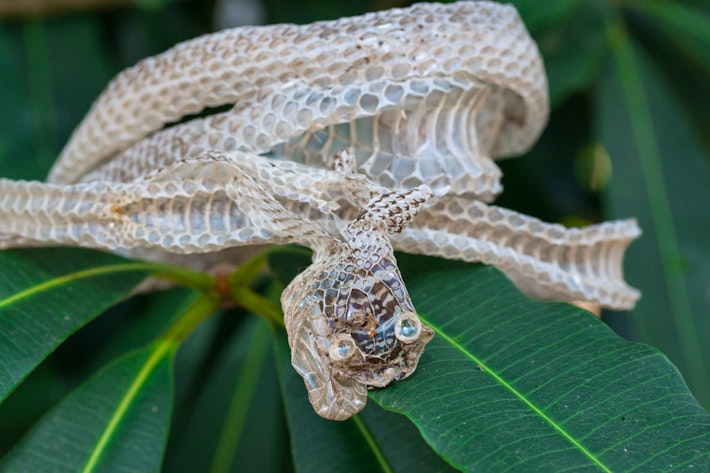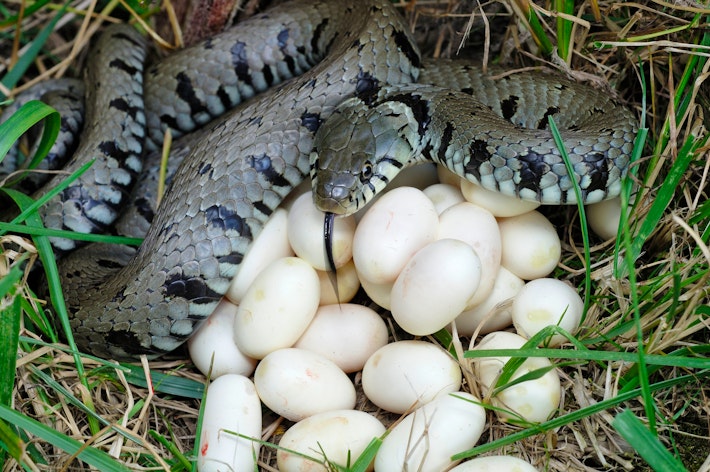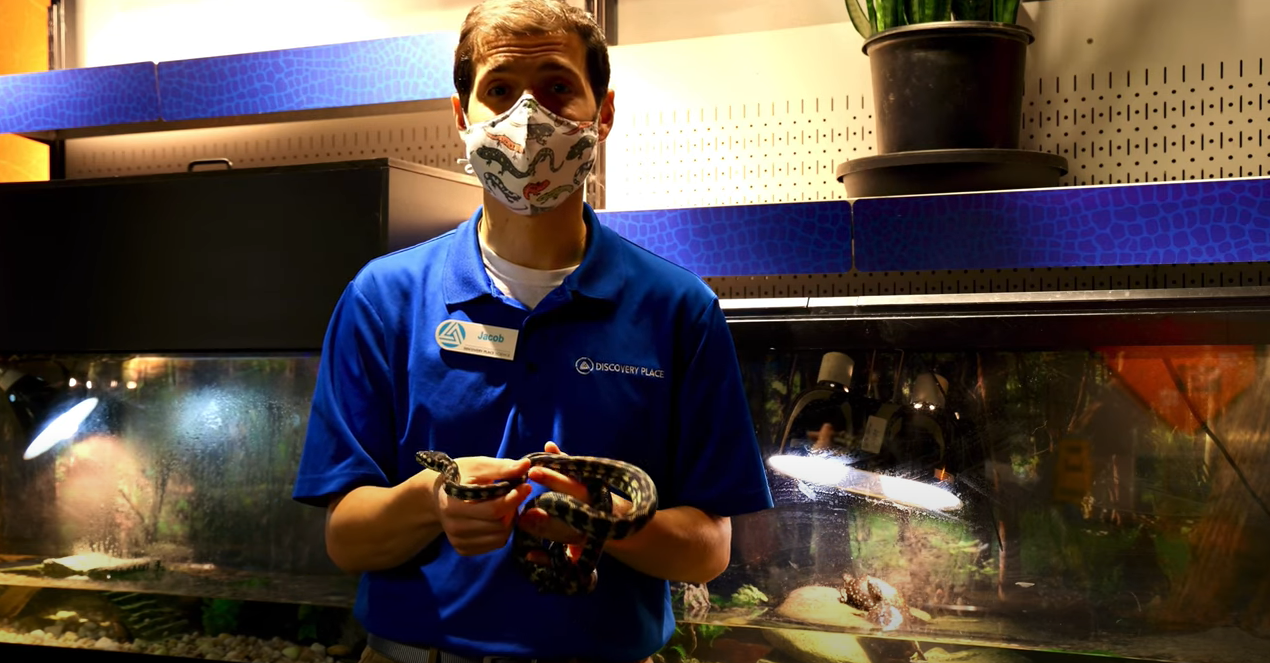Riveting Reptiles: Characteristics
Discovery Place Nature
Reptiles are an amazing and diverse group of animals with almost 1,000 species worldwide. What similarities do you notice when you compare different reptiles? Reptiles generally are divided into four groups, but all share some key characteristics that make a reptile a reptile.
Scales
Reptiles have natural armor in the form of scales which are tough and offer increased protection, not only from scratches, but from UV rays. Because scales are tough, reptiles must shed the hard outer layer of their scales to grow larger. Surprisingly, despite their toughness, scales are made of the same material as your fingernails: keratin.

Claws
Another feature that all reptiles share is claws on their feet, that is, if they have feet. Snakes and legless lizards don’t have feet to put claws on, but their ancient ancestors did–so it still counts. Claws are useful for all sorts of jobs like digging and climbing, but snakes do alright without them too.

Cold-Blooded or Ectothermic
You’ve probably heard that reptiles are cold-blooded, but that description is not exactly accurate. Their blood isn’t cold, but it can’t be warmed by the body. A more accurate term is ectothermic, “ecto” meaning outside and “therm” meaning heat.
Reptiles can’t make their own body heat so they rely on outside sources to warm their bodies and give them energy to move. When a reptile is basking in the sun, its blood is warmer and it’s energized. But if the sun goes away, it will begin to slow down again.
This is why reptiles are rarer in cold climates and harder to find on cold days. They also are hard to find when it’s super-hot outside because they are in danger of overheating. Life as a reptile is all about finding the best temperature to be hot, but not too hot.

Oviparous
Just like their close relatives birds, reptiles lay eggs but their eggs are leathery instead of stiff. Shelled eggs allow reptiles to reproduce and give birth on land which has helped them expand across the globe.

It’s worth noting that some reptiles appear to give live birth. These reptiles are called ovoviviparous and their young hatch from the egg inside their mothers. All reptiles are also vertebrates and, like us, have backbones. Reptiles also have lungs and breathe air, unlike scaly fish!
Learn more about four main groups of reptiles in Riveting Reptiles: Groups!


